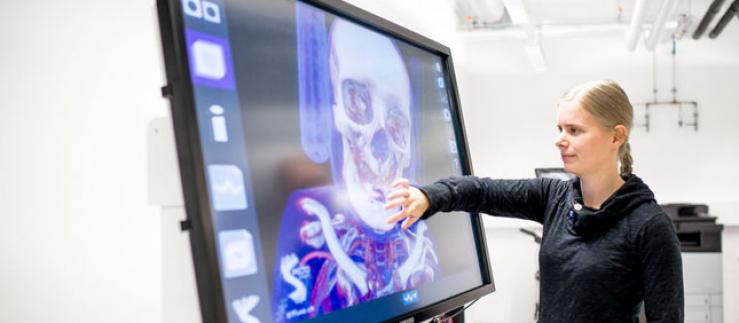BTRY, a spin-off from the Swiss Federal Laboratories for Materials Science and Technology (Empa) based in the canton of Zurich, plans to drive forward the coming generation of battery technology with an innovative thin-film battery. Empa researchers Abdessalem Aribia and Moritz Futscher have developed a solid-state battery based on lithium metal. According to a press release, “it is time to rethink battery technology.”
The thin-film solid-state battery developed at the Empa Laboratory for Thin Films and Photovoltaics provides greater safety and quicker charging times, lasts longer, is not sensitive to temperature, is noncombustible, and can be manufactured in a more environmentally friendly way than lithium-ion batteries, “currently our most mature battery technology.”
Thin-film solid-state batteries were developed in the 1980s but could only store small amounts of energy “due to the very low mass of their thin-film components” and were not of interest for commercial uses. The Empa researchers believe that their innovative approach changes this: they have been able to stack the thin-film cells on top of each other to increase storage capacity. The manufacturing process is based on vacuum coating used in the production of semiconductor chips.
Production does not use toxic solvents, which increases manufacturing costs. For this reason, one commercial use could be “in products where the battery only accounts for a small part of the overall cost of the device – for example, in smartphones and smartwatches or in satellites.”
BTRY is looking for investors for administrative and technical improvements to bring the technology to market. This includes making the battery prototypes larger and more powerful. The surface area and number of layers are also to be increased over the next two years.




